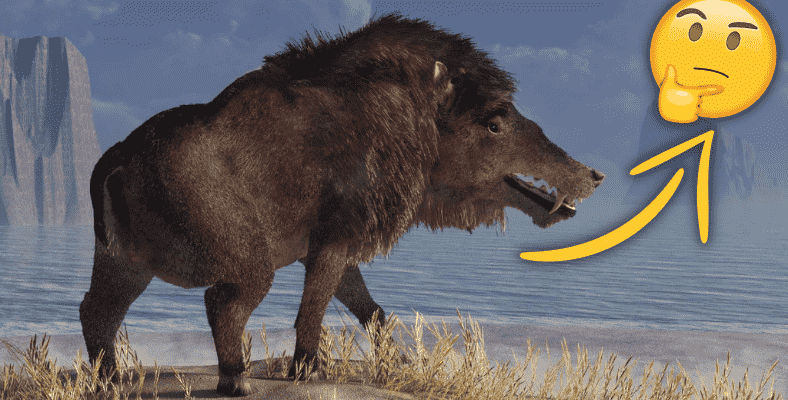It has been interesting for all of us to read the information about the past ages and to make assumptions about those periods. It is truly astonishing to see the appearances and characteristics of animals we have never seen before by looking at fossils. What if we told you that we will list animals that lived in ancient times and do not look for creatures in fantasy movies; say what?
Many of the prehistoric animals that lived on Earth for millions of years have been affected by climate changes or first people They disappeared from our planet, never to appear again, for reasons such as killing them.
In fact, we cannot say that all of them are lost. Because, as you will soon see, some descendants still walking among us!
First, let’s look at how we got to prehistoric animals.
Thanks to archaeological excavations by scientists, animals living in prehistory bones, teeth, and, albeit rare, preserved bodies. possible to reach.
This from body parts Based on this, inferences can be made about the types, sizes, feeding types, relationships between animals and what they look like. The animals that we will examine shortly are quite interesting.
Largest armored mammal: Gliptodon
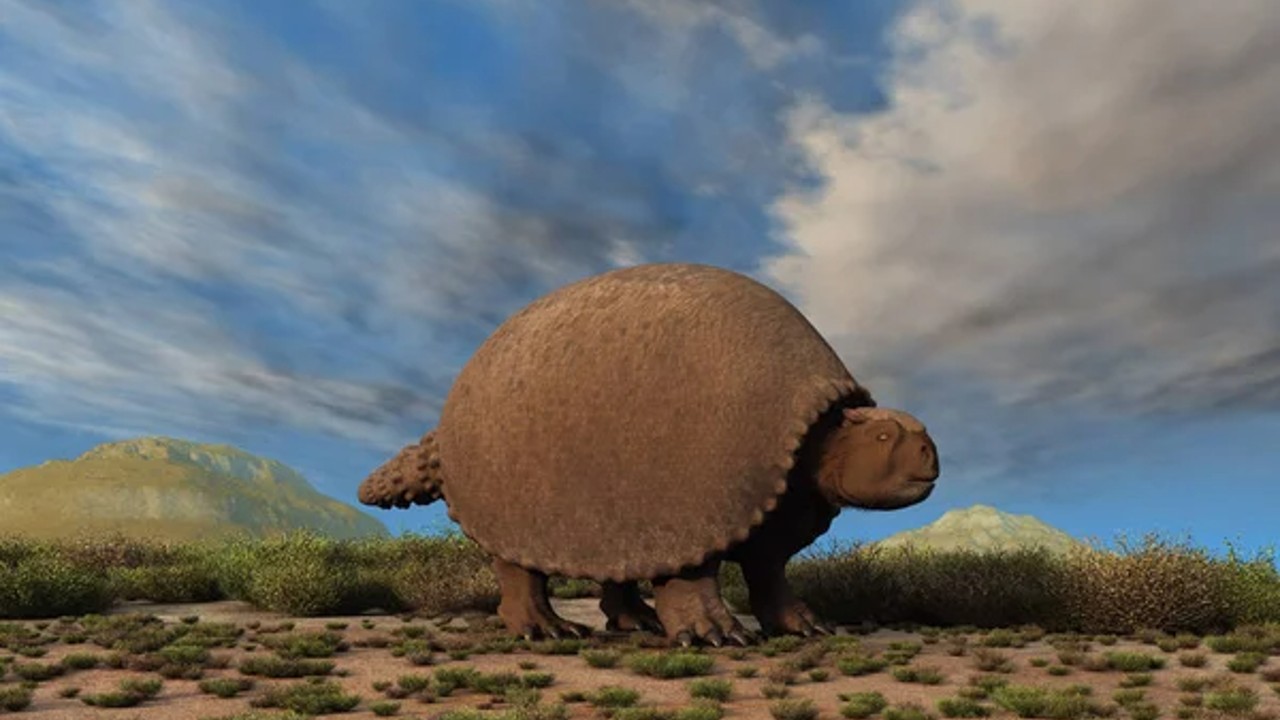
Griptodon, also known as the Giant Armadillo, is estimated to have lived around 10,000 years ago. dinosaur size but he is a funny looking animal with turtle-like legs.
The habitat of this cute but scary mammal due to its size is the swamps of South Africa. With the arrival of the first humans both flesh and skin It is presumed extinct by hunting for it.
RELATED NEWS
Why were Prehistoric Creatures of Colossal Dimensions?
The largest flying creature: Hatzegopteryx
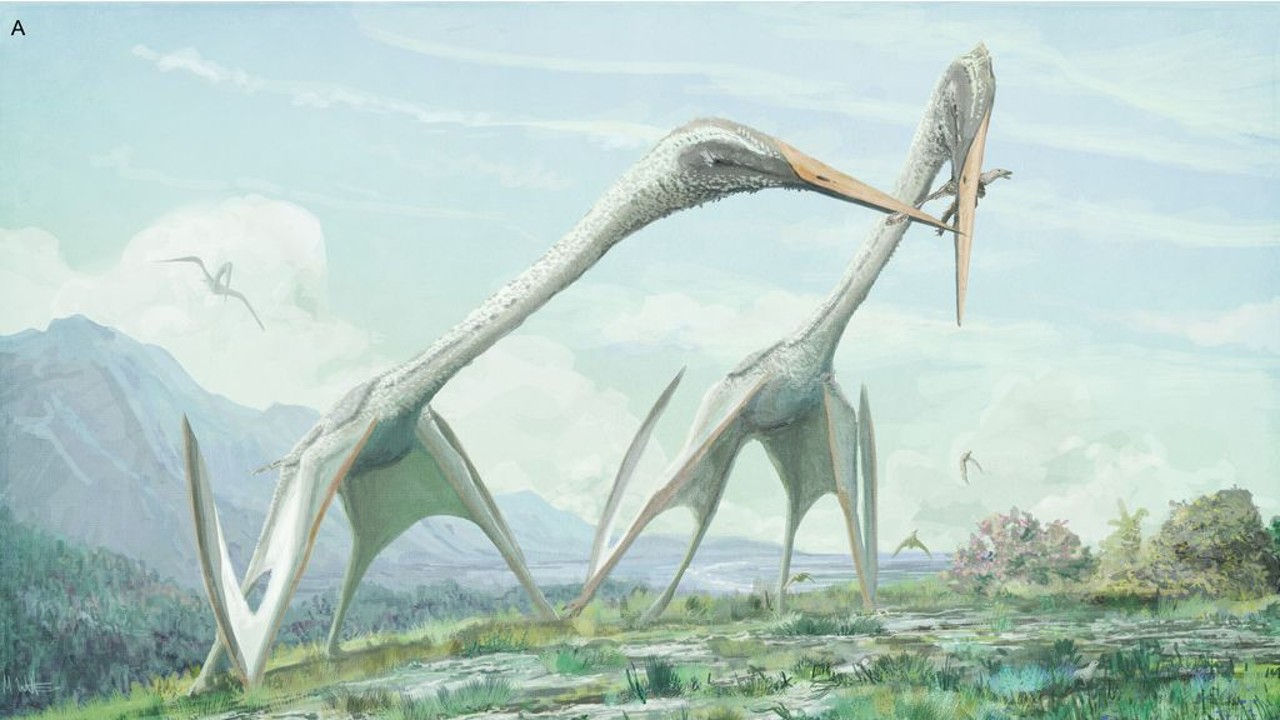
Since the differences with the animal named Quetzalcoatlus, which is very similar to this species, cannot be determined exactly, both are considered as the largest living thing to have ever lived. Hatzegopteryx, reminiscent of the creatures from Harry Potter wing length and between 10-11 meters!
Although there is no information about his weight, when an estimate is made according to his height, it is thought to be a few hundred kilograms. Known to live in Romania, Transylvania and the Hatzeg Basin, Hatzegopteryx stood on a rock just like a stork. with fish and small animals on land is hunting.
Largest carnivorous mammal: Andrewsarkus
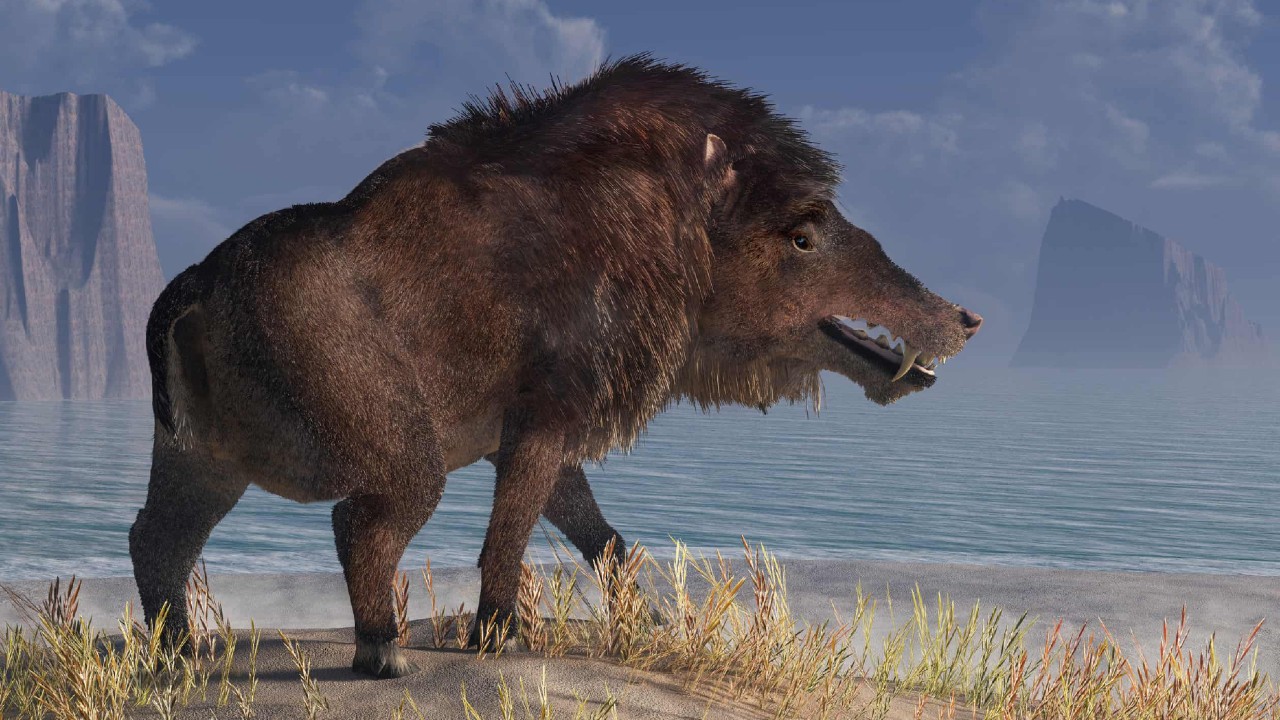
Andrewsarkus, who lived about 45 million years ago on what is now Inner Mongolia, foot fossil and skull comes to light. The size of the skull is huge, with a width of 56 cm and a length of 83 cm! Its body length is 3.4 meters from nose to pelvis, while its height from ground to back is 1.8 meters.
at least 1000 kg New fossils of Andrewsarkus, the largest carnivorous mammal that ever lived, have been sought for almost 100 years. Also, the skull is currently on display at the American Museum of Natural History in New York.
The largest ape species: Gigantopithecus
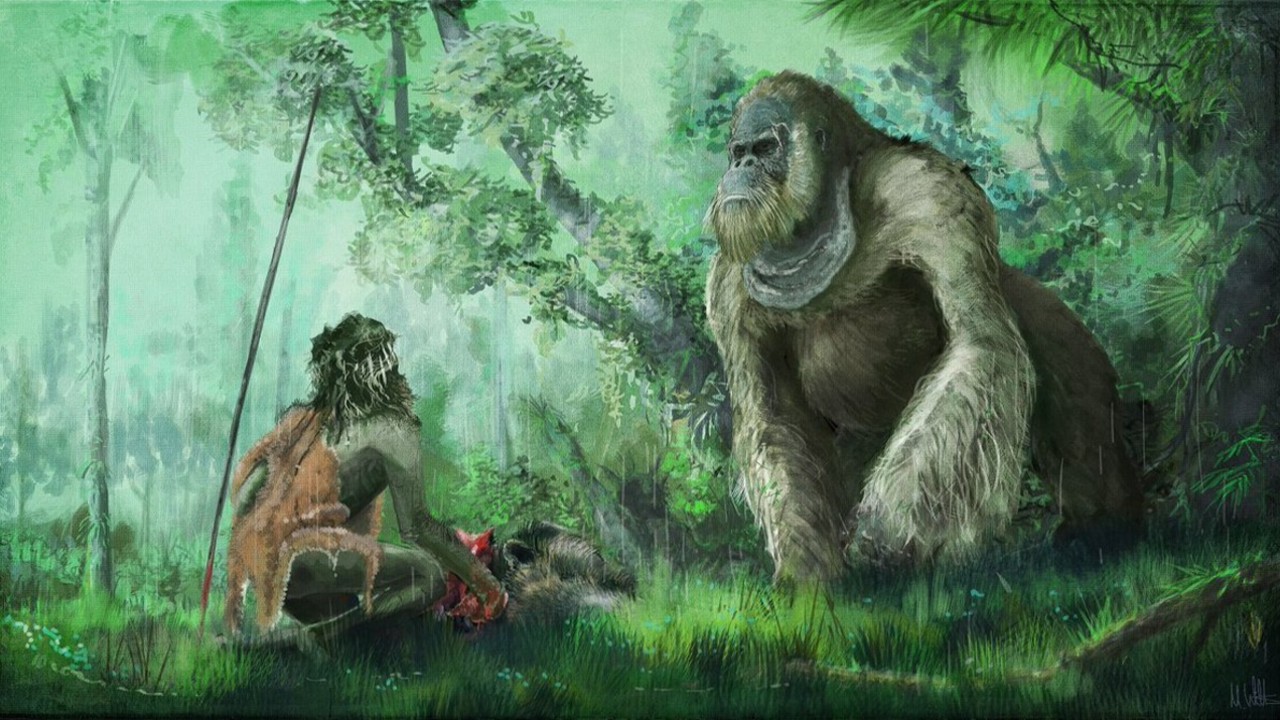
With the discovery of the remains of Gigantopithecus Bigfoot legends began to be spoken again. Some researchers even tried hard to connect Gigantopithecus to the Bigfoot Yeti, but body depictions invalidated this assumption.
Classified as the largest of the ape species, Gigantopithecus is estimated to average 3 meters. Although similar in size to their modern-day descendants gorillas, their mandibles are closer to those of orangutans. Gigantopithecus thought to have lived in China, India and Vietnam; herbivorous among animals.
RELATED NEWS
Scientists Discover a Colossal Prehistoric Ancestor of Anchovy
Terrible mammal: Deinotherium
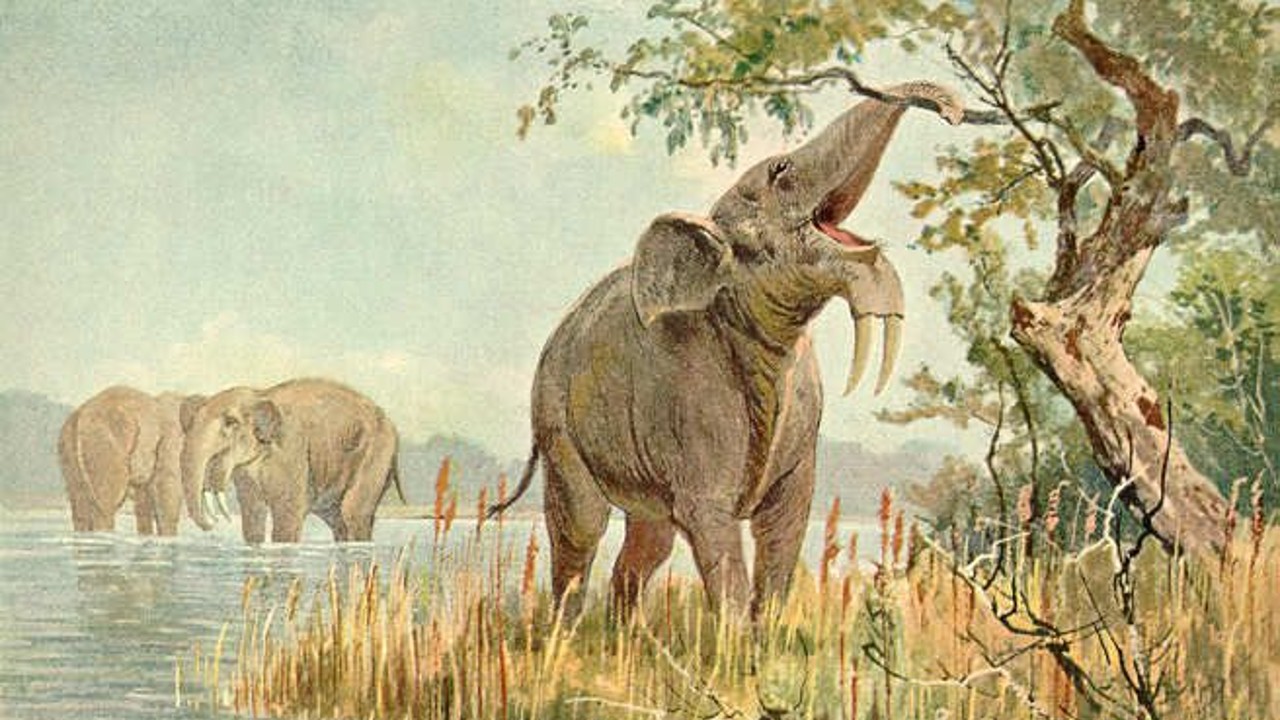
The word meaning of Deinotherium, which you can guess that elephants have grandfathers when you look at it “terrible beast”. Deinotherium, which lived in Africa and Eurasia about 20 million years ago, is known to be herbivorous.
The features that distinguish these elephants, which are 5 meters long and weigh 4-5 tons, from today’s elephants are their curved tusks that curve down from their jaws. Among the many theories about how they use their teeth, the most accepted one is that these animals sleeping on the banks of the river. mounting themselves on the ground with their teeth.
Biggest insect: Meganeura
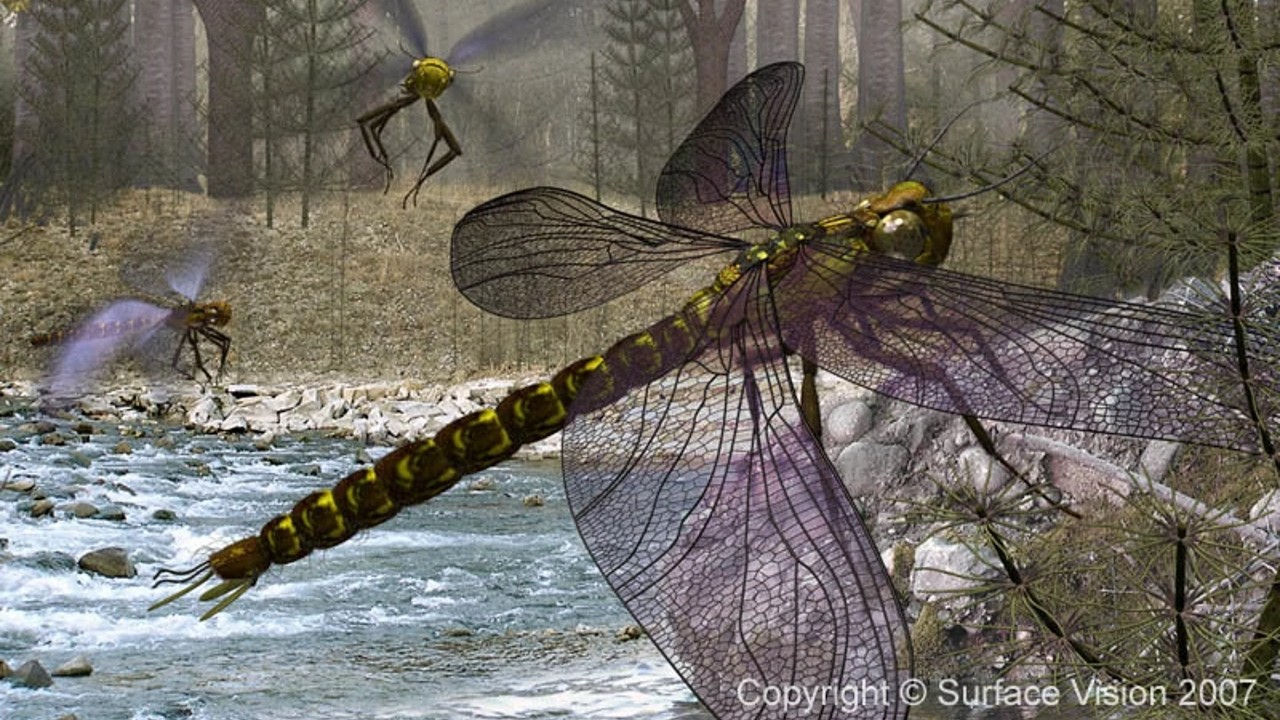
Meganeura, which lived on our planet about 300 million years ago, dragonflies relative Don’t be fooled by what we call dragonflies, Meganeura insect wing lengths are between 65-75 cm!
Although it is thought that this insect, discovered in 1880, fed on other insects such as today’s dragonflies, sizes Considering that, it is estimated that there are other varieties in their menu.
The most ferocious predator in the Age of Fish: Dunkleosteus
Dunkleosteus was born from a shallow sea that covered Ohio 358 million years ago. was the ruler. This arthropod fish, which is 6 meters long and weighs more than 1 tonne, has self-sharpening tooth-like protrusions next to its massive skull made up of thick, bony plates.
The wildest and most ferocious Dunkleosteus, one of the animals, has features that can trap even prehistoric sharks. His bones are currently on display at the Cleveland Museum of Natural History in Ohio.
RELATED NEWS
